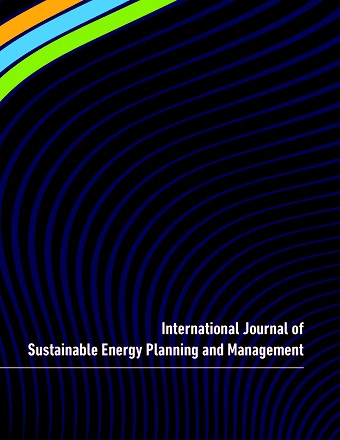A validated method to assess the network length and the heat distribution costs of potential district heating systems in Italy
Main Article Content
Abstract
The evaluation of the district heating network investment costs requires knowledge of its topology. However, when assessing district heating potential, the topology is not known a priori and a simulation is required. One method for the generation of simulated networks involves the use of Minimum Spanning Tree, from the graph theory. In this work a method that simulate the network through MST is presented. The census sections borders and local road networks are used as inputs for the identification of the MST. The method has been validated by running experimental simulations in areas where the district heating is already present, allowing the comparison of the respective lengths. The validation showed a variable but systematic overestimation. The study of the error has brought to defining correlations correcting the length of the MST. The MST has been then used together with real networks lengths to elaborate a novel equation describing the effective width in correlation with the number of building ratio instead of plot ratio. The new expression confirms the exponential tendency of the effective width and gives higher results for Italian cities then for Scandinavian ones, showing an important impact of city structure in the curve. The city of Milano is finally used as a case study to show the effects of using the updated effective width curve.
Article Details
Articles published in International Journal of Sustainable Energy Planning and Management are following the license Creative Commons Attribution-NonCommercial-NoDerivs 3.0 Unported (CC BY-NC-ND 3.0)
Authors retain copyright and grant the journal right of first publication with the work simultaneously licensed under a Creative Commons Attribution License: Attribution - NonCommercial - NoDerivs (by-nc-nd). Further information about Creative Commons
Authors can archive post-print (final draft post-refereering) on personal websites or institutional repositories under these conditions:
- Publishers version cannot be stored elsewhere but on publishers homepage
- Published source must be acknowledged
- Must link to publisher version

